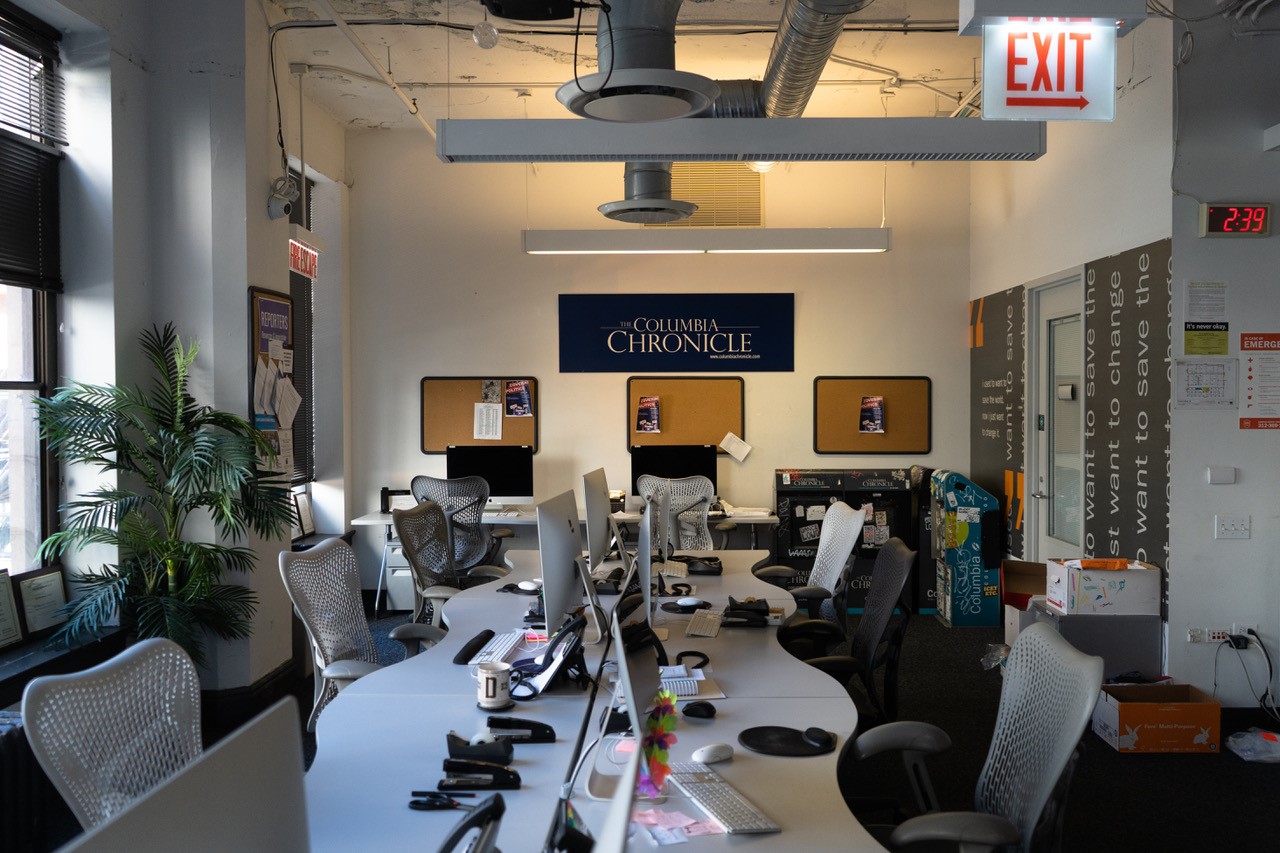Colleges and universities have become the new pandemic hot spots across the country.
A New York Times study of more than 1,600 American colleges and universities — including every four-year public institution, every private college that competes in N.C.A.A. sports and others that identified cases — found at least 88,000 cases of Covid-19 by mid-September.
For community newspapers in college towns, this poses an enormous reporting challenge, particularly with smaller newsrooms that may not have a dedicated higher education reporter. (The position is on the same wish list with the dedicated health care reporter and the dedicated investigative reporter.)
But unlike other big stories that also require resources many community newspapers simply don’t have, this one has a secret weapon: student journalists.
As The Washington Post and other media outlets have reported, student newspapers are breaking stories about Covid-19 outbreaks on their campuses, meticulous tracking cases and holding administrators accountable.

The Daily Egyptian at Southern Illinois University in Carbondale publishes the number of quarantined students from Freedom of Information requests it has to file because the university does not publicly disclose the numbers.
The Daily Iowan at the University of Iowa, which had one of the highest campus tallies in the country as students returned in August, led coverage of the outbreak on its campus. In the midst of a surge in cases, its editors called on administrators to halt in-person learning and to do more to keep students safe. “We are all in danger,” the editors wrote after meticulously making its case. “As long as the UI continues its blatant disregard for our safety, we live under threat.”
As the University of Georgia reported in mid-September that positive cases had fallen, showing “dramatic improvement,” the student newspaper, the Red & Black, explained to readers how the university was reporting its numbers. A story noted that students did not have to use a heavily touted self-monitoring system in order to come to campus.
In Chicago, where my own college is located, the Columbia Chronicle at Columbia College Chicago has proved to be the best resource for parents and students about what is happening on campus. While the college has been forthcoming, it’s not the same as the critical examination that the student newspaper has provided about the college altering its reopening plans because of air quality assessments, what students get for the cost of dining service “grab-and-go” meals and how performance students are navigating virtual event spaces.
Student journalists are in the best position to fact-check administration accounts, to field perspectives from students and staff and to understand what’s really happening on campuses, whether they’ve become Covid hotspots or not.
The pandemic gives community editors and publishers an opportunity to forge long overdue partnership with students journalists and student media outlets to supplement their own professional coverage of the institutions in their communities.
This is the time to have conversations with student editors and advisors about collaboration.
At my own college newspaper in Southern Illinois, the student newspaper saw itself as a competitor to the community paper. The rivalry, which admittedly was mostly one-way, wasn’t healthy. In retrospect, we should have been partnering and not competing with the local newspaper to produce campus news.
After decades in the news business, I’ve come to understand that competition, in fact, is rarely good for the people we are supposed to be serving. Scoops come and go. Our rush to be first often comprises the truth. We are better off pooling resources and sharing information with the public.
The pandemic offers a chance to reset, to acknowledge the sources and perspectives that student journalists have and to encourage them as they voluntarily enter a business that is in turmoil.
Such partnerships help students access our professional newspapers, tapping into our years of experience in the community, our relationship with readers who are not students and, frankly, our perspective. While administrators may at times feel like adversaries to student journalists seeking information, we don’t have to be. We can be true partners.
Everyone benefits from a news environment in which we are all working to get to the truth and to hold power brokers accountable–everyone except the power brokers themselves.
With the stakes so high around Covid outbreaks, that is precisely the point.
A version of this story first appeared in Publisher’s Auxiliary, the only national publication serving America’s community newspapers. It is published by the National Newspaper Association. GJR is partnering with Pub Aux to re-print Jackie Spinner’s monthly “Local Matters” column on our website. Spinner is the editor of Gateway Journalism Review. Follow her on Twitter @jackiespinner.
